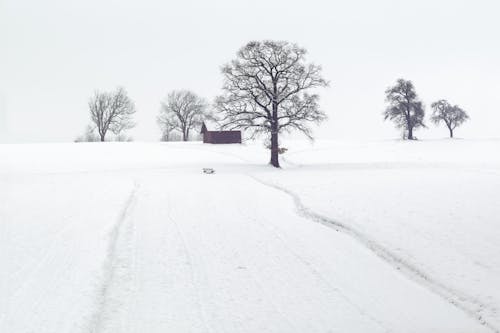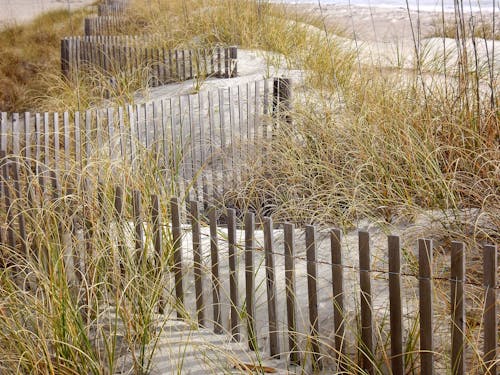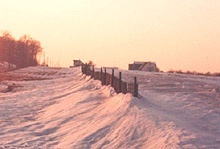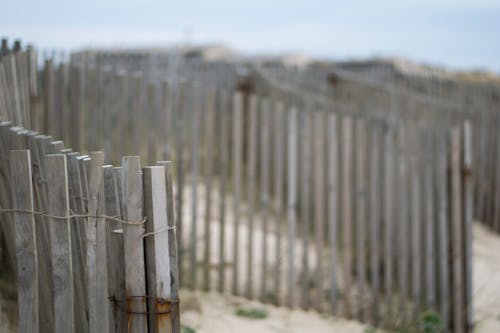Calling for a Snow Fence
Drifting snow is a safety hazard for passing cars or airplanes taking off and landing.
Blowing Snow:
- Blinds drivers and reduces visibility
- Causes accidents through lack of vehicle control
- Complicates road maintenance
Snow Drifts:
- Reduce distance visibility, especially at intersections and around curving roadway
- Enable build-up of ice on roadways
- Bury signage
- Reduce the effectiveness of guard rails and safety barriers
Melting snow and its seepage (and refreezing) runs under the pavement, causing cracking and heaving of roadways.
Find the Right Snow Fence
When installed correctly, wooden snow fencing can create a desired barrier for accumulating snow, saving you time and money with snow removal and property damage. Wooden snow fencing is the traditional choice for preventing snow from drifting onto roads, highways, and airport runways. Thereby build-up of snow, slush, and ice is reduced, as well as runoff which impairs drainage. Our top quality, made in America, snow fence is constructed from vertical running aspen and spruce wood lath woven together with 13-gauge galvanized wire. Installing these fences along roads and runways increase the efficiency of snow removal and allows for safer, uninterrupted travel. The sturdy construction of this natural snow fence makes it an aesthetic, durable, and economical alternative to plastic snow fences. Traditional wooden snow fencing has many alternative uses.
So Many Uses for Snow Fencing
- Airport runways
- Compost piles / compost storage
- Construction site boundaries
- Crowd control
- Cribbing
- Dog and pet safety
- Garden center, nursery benching, and operations
- Golf course maintenance
- Livestock control and shading
- Packaging and crating
- Road maintenance
- Sand dune maintenance
Louis Page Wooden Snow Fence:
- Made with No.1 aspen or spruce pickets (3/8” x 1 ½” x 48”)
- Woven with 5 double-strands of 13 gauge galvanized wire
- Painted with red iron oxide stain
- Sold in 50-foot rolls
Posts Available
- Steel T-posts: made of hot-rolled rail steel and formed into a “T”
- Dimensions: 1 7/16” X 1 5/16” x 1/8” x 6’ (six feet) long
- Weight of post section without anchor is 1.25 pounds per foot
- Area of anchor plates 23 square inches
- The post comes in painted green or galvanized
>>Snow fences save lives and drastically reduce maintenance costs.<<
And it works, how?
The way snow fencing works is a fairly simple concept. A properly constructed fence will cause snow to drift downwind of it. When the wind blows over the fence, it causes an eddy or swirls to form behind the fence. This in turn causes a rolling wind current that flows downward and to the backside of the fence. As a result of this air current, a drift of snow forms in front of the fence on the windward side. A well-designed fence can retain the snow to a place of your desiring as well as preventing snow from drifting to unwanted areas.
Placement Takes Some Research
Determining wind direction and resulting effects on vegetation, drift development and features, observation of wind-affected trees, abraded wooden poles or fencing, and sourcing local meteorological data should all be considered in the placement of a snow fence.


















